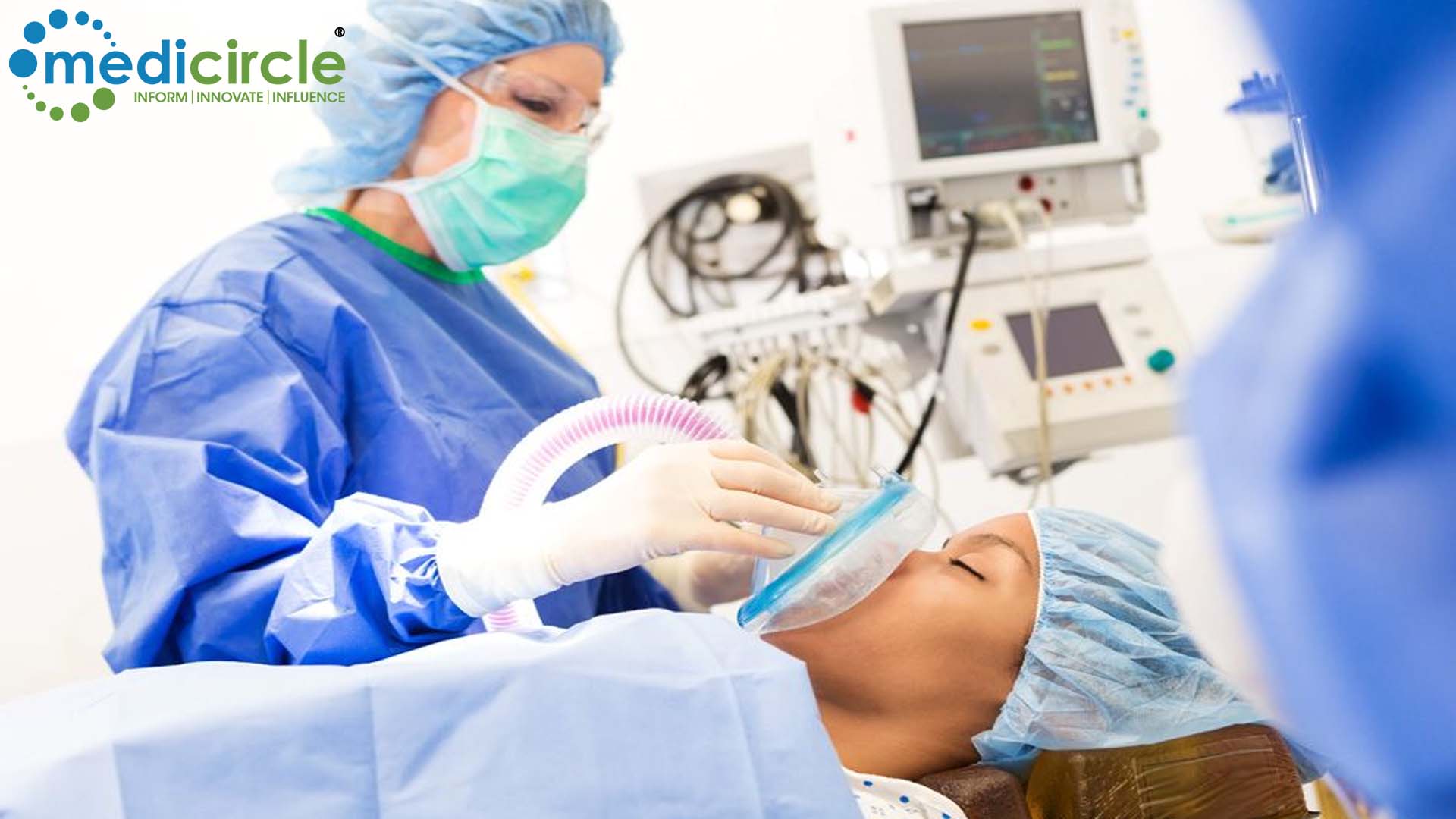A recent study conducted by Mayo Clinic, published in Nature Neuroscience, has unveiled the fascinating role of microglia in the process of waking up from anaesthesia. This research not only sheds light on the underlying mechanisms of post-anaesthesia complications but also opens new avenues for potential treatments.
Understanding Delirium Post-Anaesthesia: Delirium, a common side effect characterized by excessive sleepiness or hyperactivity, affects more than one-third of patients after emerging from anaesthesia. Mayo Clinic researchers discovered that microglia, specialized immune cells in the brain, play a crucial role in protecting neurons from these side effects, thus aiding in the brain's awakening process.
Insights from Dr. Long-Jun Wu: Dr. Long-Jun Wu, a distinguished neuroscientist at Mayo Clinic and the senior author of the study, highlighted the significance of their findings, stating, “This is the first time we’ve seen microglia enhance and boost neuronal activity by physically engaging the brain circuits.”
The study observed microglia wedging between neurons and inhibitory synapses, actively suppressing neural activity under anaesthesia. This protective mechanism by microglia helps counteract sedation effects and facilitates the awakening process.
Unveiling the Role of Microglia in Brain Health: Microglia are essential for maintaining brain health, stability, and functionality. While these cells were discovered over a century ago, recent advancements in technology have allowed researchers like Dr. Wu and his team to study them in greater detail. They have observed how microglia move and interact actively within the brain environment, monitoring neural activity and responding to changes.
Insights from Previous Findings: Dr. Wu's research also dives into the communication between microglia and neurons in both healthy and unhealthy brains. Previous findings showed that microglia can dampen neuronal hyperactivity during conditions like epilepsy seizures. In the case of anaesthesia-induced suppression of brain activity, microglia become more active and vigilant, akin to police officers patrolling during quiet hours.
Potential Applications in Patient Care: Koichiro Haruwaka, Ph.D., the lead author of the study and a senior research fellow at Mayo Clinic, emphasized the potential applications of this research in improving patient care. Understanding the role of microglia in different physiological states, such as sleep, could lead to enhanced strategies for managing complications like delirium and agitation post-anaesthesia.
Advancing Understanding for Better Patient Outcomes: Mayo Clinic's pioneering study on microglia unveils crucial insights into the brain's response to anaesthesia and awakening processes. By deciphering the role of microglia in neural activity modulation, this research leads the way for innovative approaches to mitigating post-anaesthesia complications and improving patient outcomes. The findings showcases the intricate interplay between immune cells and neurons, highlighting the potential of harnessing microglial functions for advancing neurological care.

 The findings showcases the intricate interplay between immune cells and neurons, highlighting the potential of harnessing microglial functions for advancing neurological care.
The findings showcases the intricate interplay between immune cells and neurons, highlighting the potential of harnessing microglial functions for advancing neurological care.










.jpeg)




.jpeg)

.jpg)













